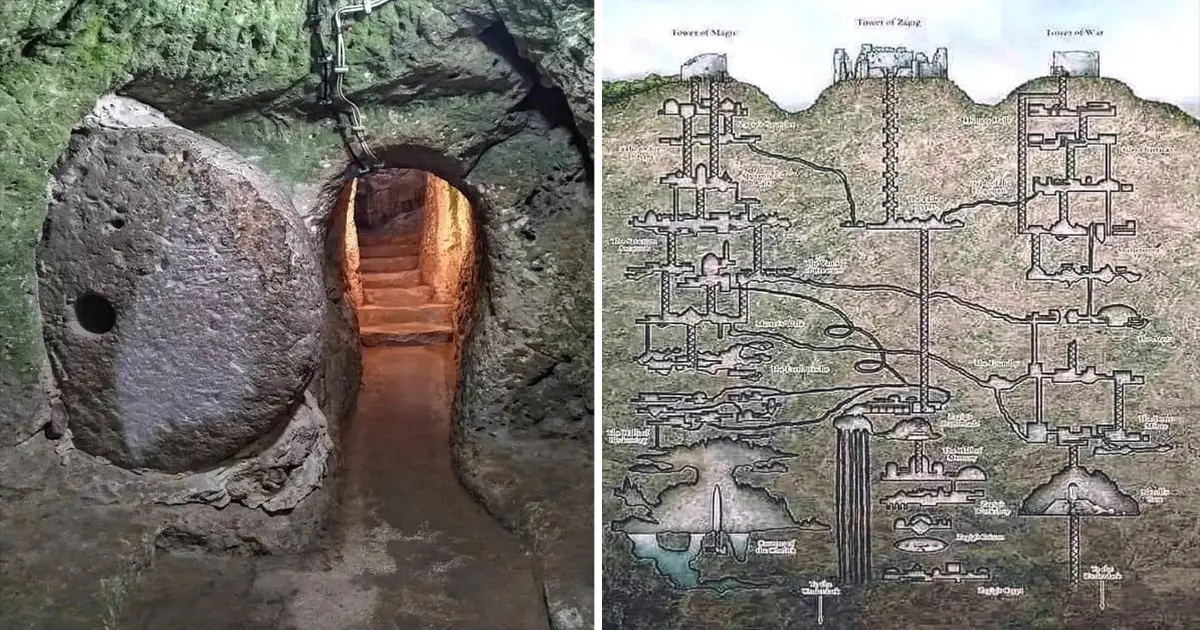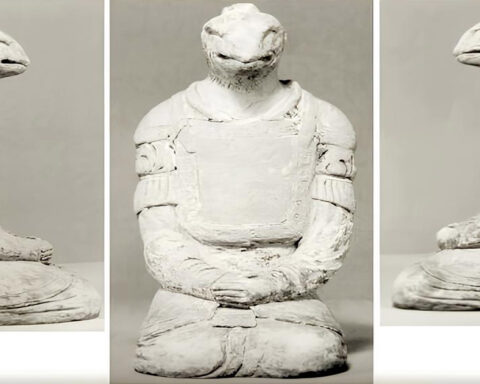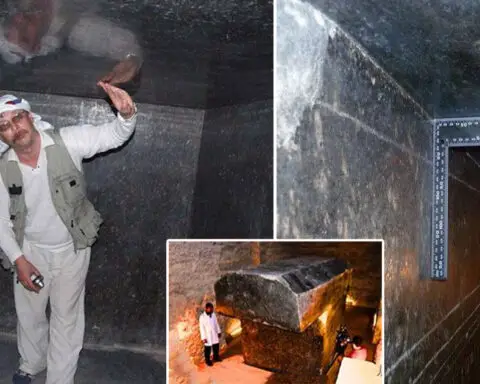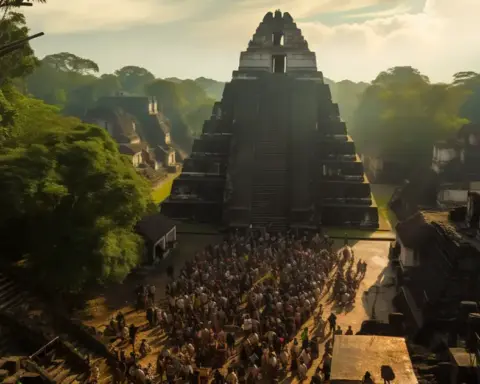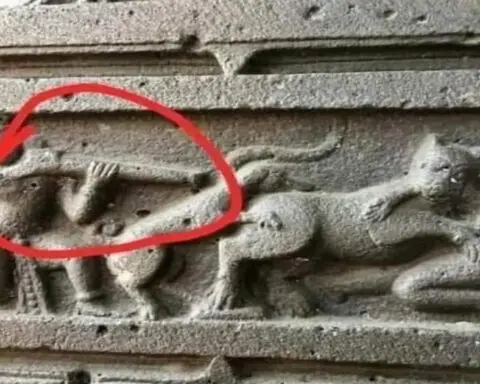Imagine the serendipity of uncovering an ancient subterranean city while simply renovating your home—a narrative that unfolded for a Turkish citizen, forever altering the trajectory of archaeological understanding.
In the heart of Turkish Cappadocia lies Derinkuyu, an ancient underground city shrouded in mystery and historical intrigue. Though it surged into public consciousness in the 1970s, thanks to the revelations of Swiss researcher Erich Von Däniken in “The Gold of the Gods,” this enigmatic city had long captivated the curiosity of archaeologists within Turkey.
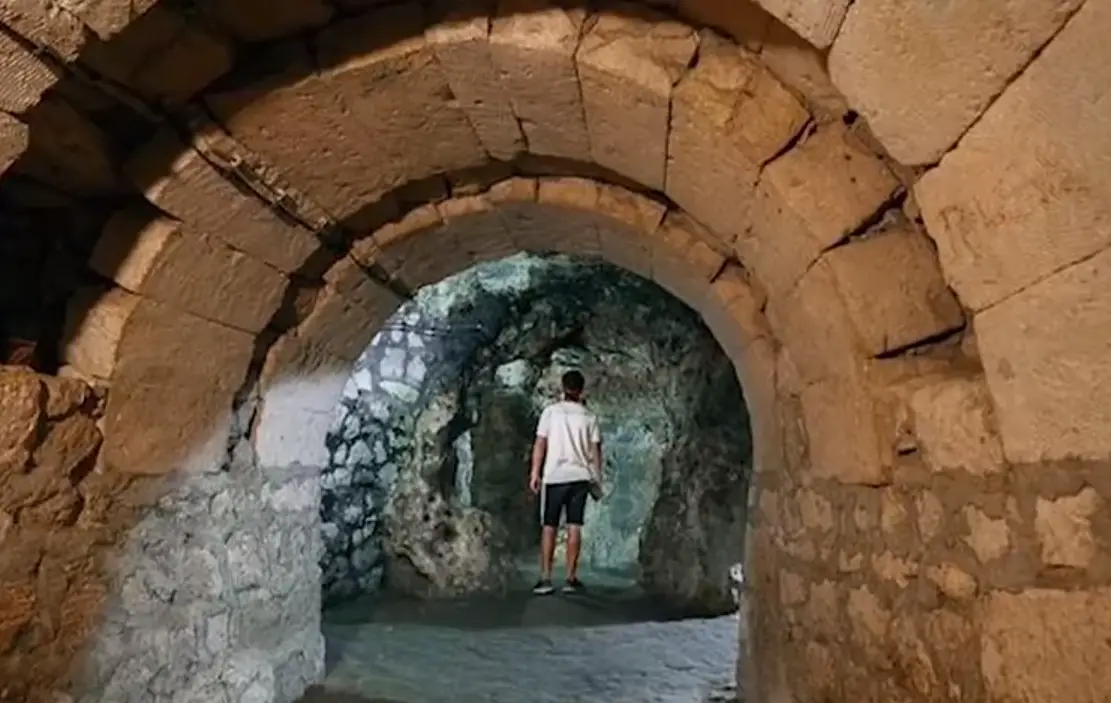
The accidental discovery of Derinkuyu traces back to a momentous incident—a man, in the process of refurbishing his home, inadvertently stumbled upon a concealed room that was absent from the original house design. Astonishment struck as he explored further, uncovering a clandestine corridor intricately connected to this newfound space.
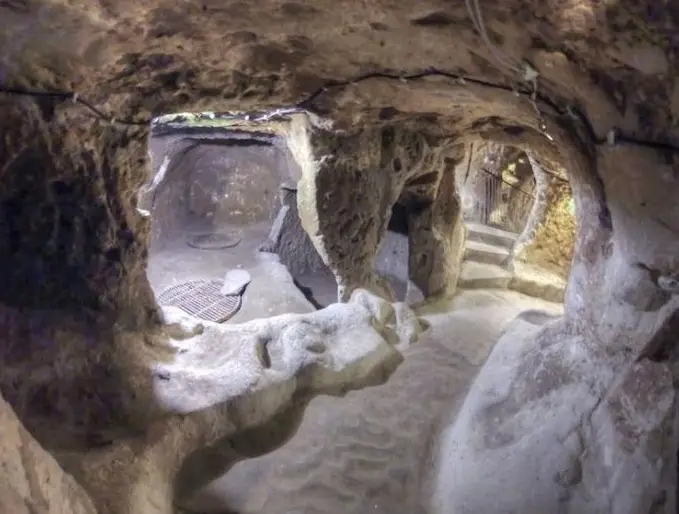
As the wall dissolved, a labyrinthine network unveiled itself—an underground metropolis adorned with aged chambers, labyrinthine corridors, and hidden passageways, beckoning explorers into its depths. What emerged was not just a solitary room, but an intricate subterranean civilization—an underground city with unfathomable depth and architectural complexity.
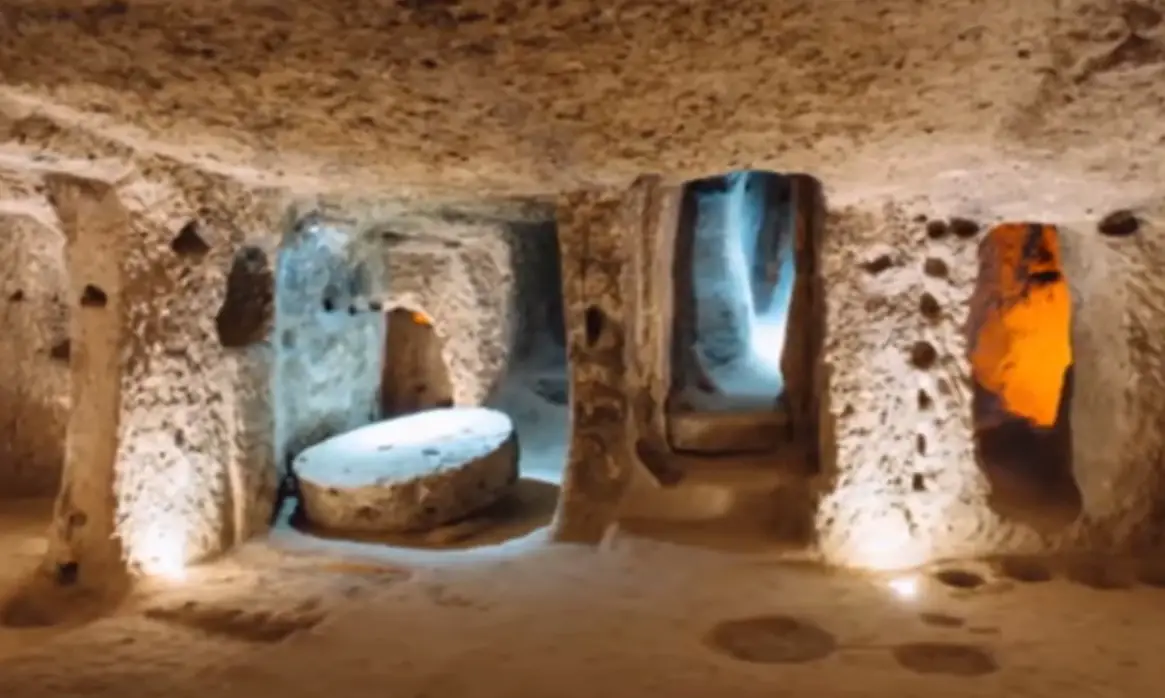
Spanning a staggering 18 stories into the Earth, Derinkuyu boasts an array of amenities essential for subsurface habitation. Schools, chapels, stables—the city was a self-contained entity, offering everything necessary for a thriving populace. This subterranean marvel, estimated to be nearly 3,000 years old, once harbored a bustling community of over 20,000 individuals, a testament to ancient engineering prowess and societal organization.
Despite its subterranean nature, Derinkuyu was ingeniously designed to sustain life. Tiny ventilation shafts ingeniously brought in fresh oxygen from the world above, maintaining a breathable environment for its inhabitants. Yet, equally fascinating was the city’s defense mechanism—a network of concealed exits and massive stone doors that could be securely sealed from the outside.
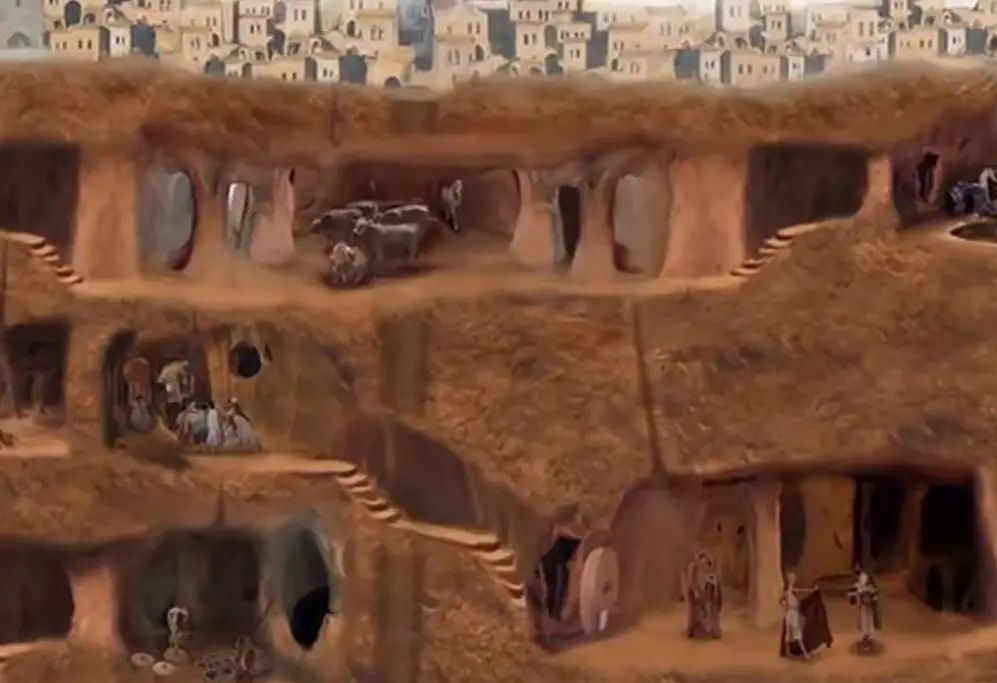
Evidently, the architects of this underground marvel designed it with a strategic intent—to shelter its denizens and ward off potential intruders—a concept not dissimilar to modern underground constructions aimed at securing inhabitants from external threats.
The significance of Derinkuyu transcends mere size and complexity; it stands as an archaeological marvel, offering a window into ancient civilizations and their architectural ingenuity. Its vast expanse houses not just a handful of rooms and passageways but a myriad of historical treasures awaiting exploration, waiting to unveil the secrets of an era long past.
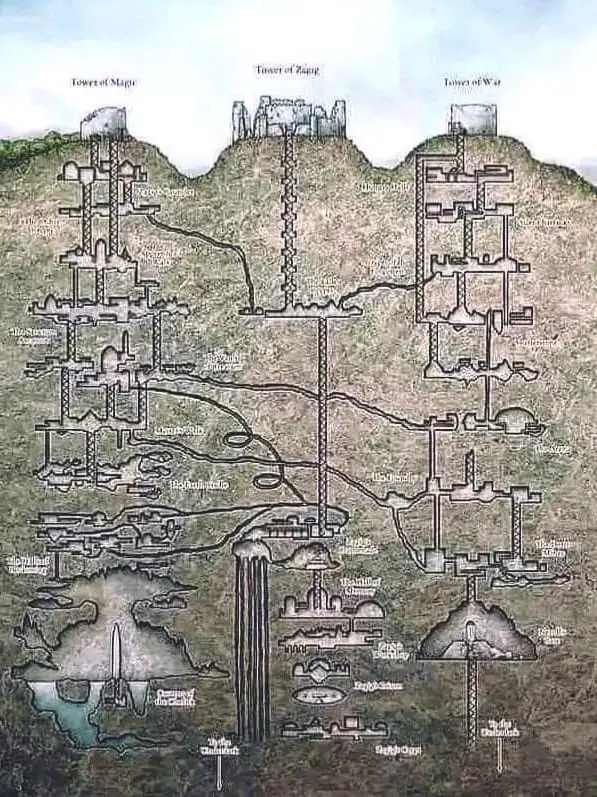
The unearthing of Derinkuyu has sparked a fervor of exploration and scholarly inquiry, captivating the imagination of archaeologists and historians worldwide. It symbolizes a timeless enigma, inviting speculation and contemplation about the lives, beliefs, and societal dynamics of a civilization entrenched beneath the earth.
In essence, the accidental discovery of Derinkuyu has illuminated a buried chapter of human history—a testament to human adaptability, innovation, and the enduring quest for survival across epochs. It stands as a testament to the ceaseless quest for knowledge, urging us to delve deeper into the recesses of our past, for within lies a wealth of untold stories waiting to be deciphered.
VIDEO:

